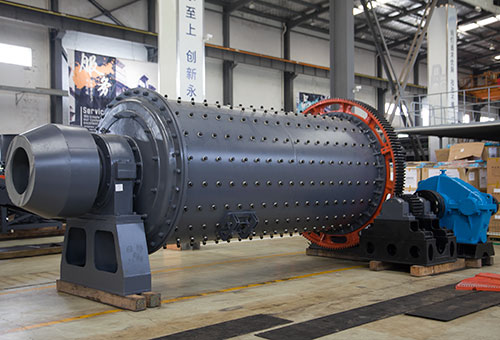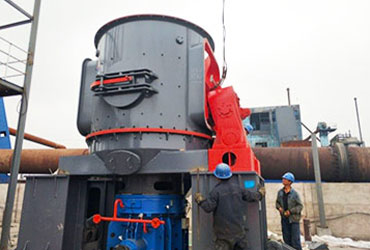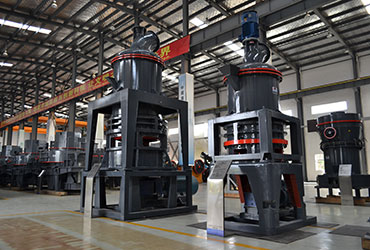-

 The application of Ball Mill:
The application of Ball Mill:The ball mill finds extensive application across multiple industries, including cement, chemicals, emerging building materials, fire-resistant materials, fertilizers, porcelain, and glass production. Its versatility lies in accommodating both dry and wet grinding processes.
For ball mills with shell diameters ranging from 900 to 2100mm, a spherical liner bearing serves as the main bearing. In contrast, those with a shell diameter of 2700mm employ a completely sealed self-aligning 120° bearing, constructed with a robust alloy featuring high lead and low tin content, providing low hardness. These bearings are enhanced with a cooling system comprised of copper piping filled with water. Structurally, the bearing adopts a static pressure design integrated with a unified high and low-pressure oil lubrication system.
The utility of the ball mill extends across various specific applications such as coal ball milling, silica, quartz, manganese, and limestone grinding plants, iron ore processing, coal-fired power stations, bauxite processing, as well as cement manufacturing facilities. -
 Features and benefits of Ball Mill:
Features and benefits of Ball Mill:1. Comprising several essential components, the ball mill includes the feeding unit, discharge unit, rotating assembly, transmission setup (comprising a reducer, small gear for transmission, motor, and electrical controller), among other parts.
2. Its hollow axis is crafted from cast steel and offers the flexibility for lining replacement. The large rotary gear is forged from cast rolling gears, ensuring durability and robustness.
3. The barrel body is equipped with embedded wearable plates, enhancing its resilience against wear and tear.
4. Operating with stability and high efficiency, the machine ensures consistent and effective performance during its operation. -
 Working principle of Ball Mill:
Working principle of Ball Mill:This specific Ball Mill operates horizontally, featuring tubular running and housing two separate compartments. It operates in conjunction with an external gear. Material enters the initial compartment uniformly, spiraling into the first warehouse via input devices along the hollow axis. Within this chamber, either a ladder scale board or a ripple scale board is present. The scale board houses steel balls of various specifications.
As the barrel body rotates, centrifugal force comes into play, propelling the steel balls to a certain height before they descend, grinding and striking the material. Once the material undergoes coarse grinding in the first warehouse, it proceeds into the second warehouse for further regrinding. Ultimately, the resulting powder is discharged through the output material board.




 Chat Online
Chat Online